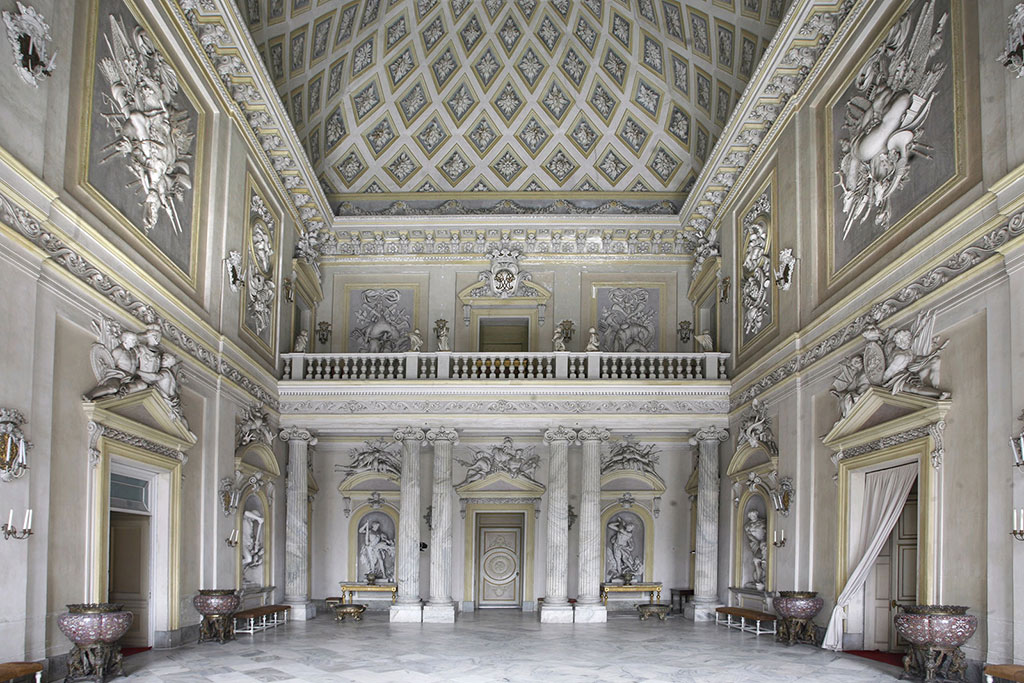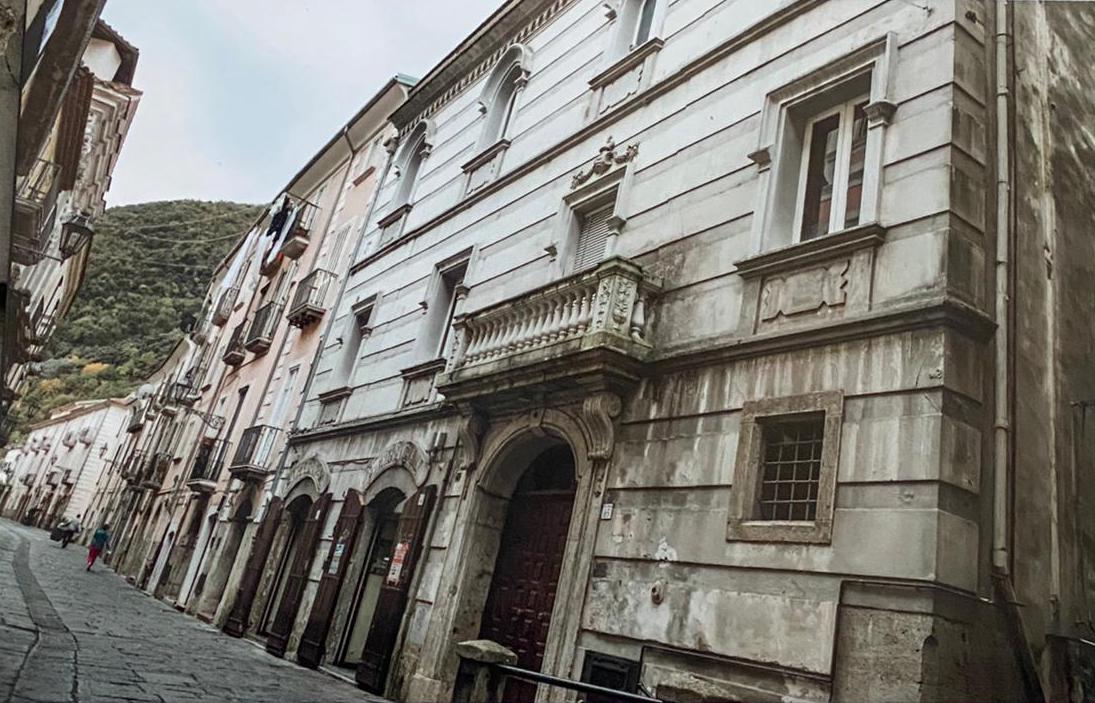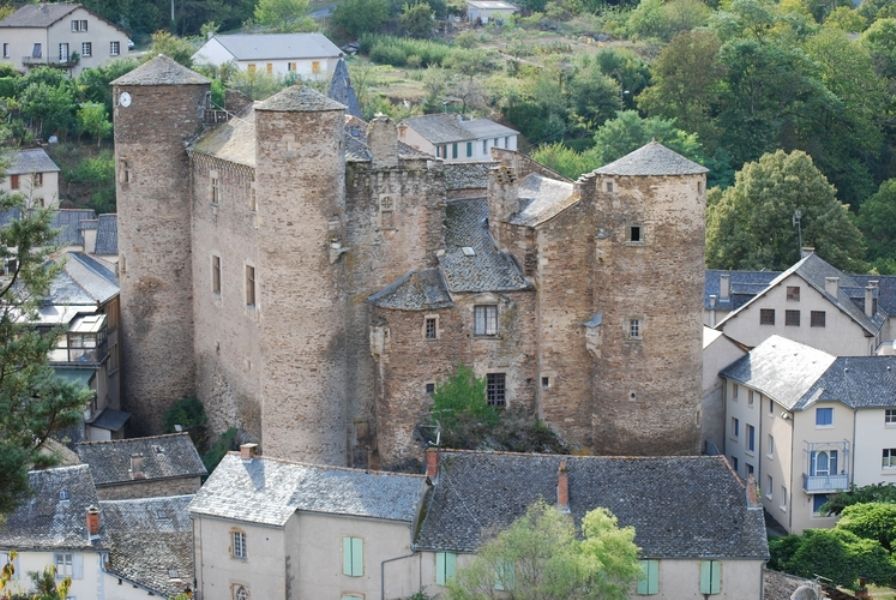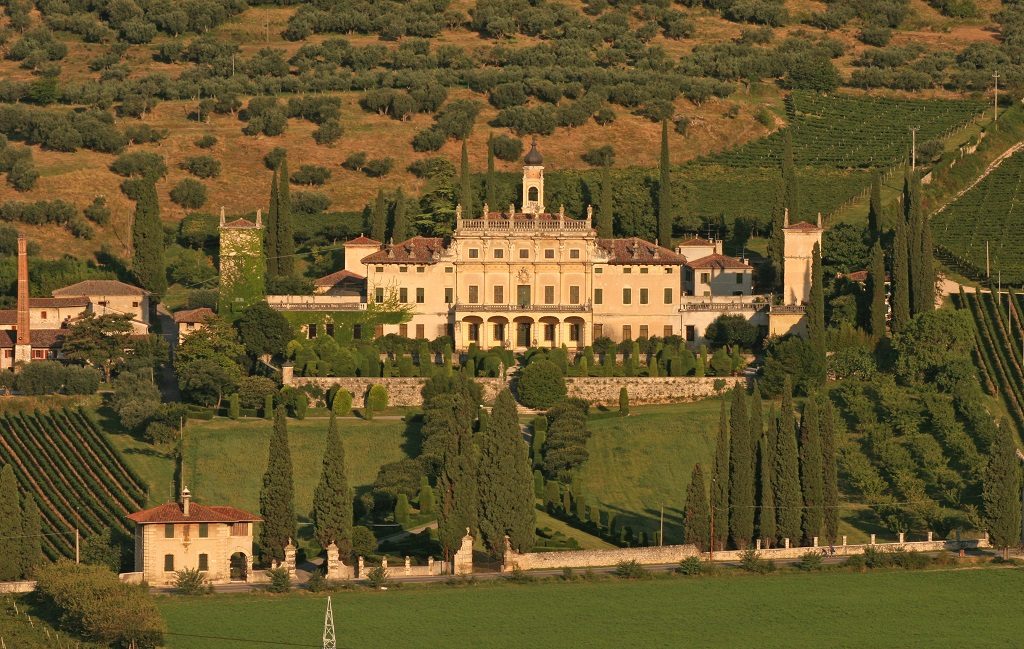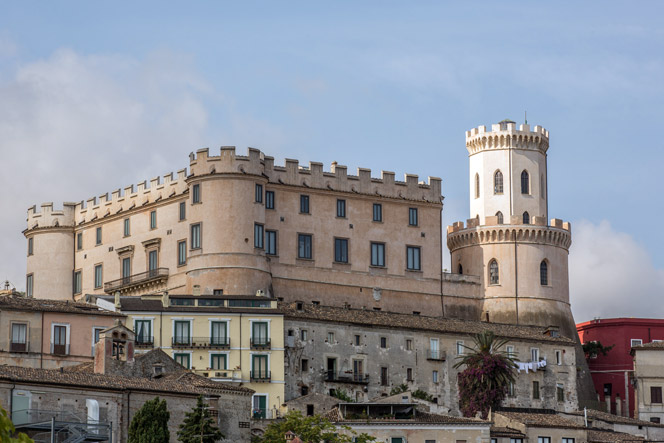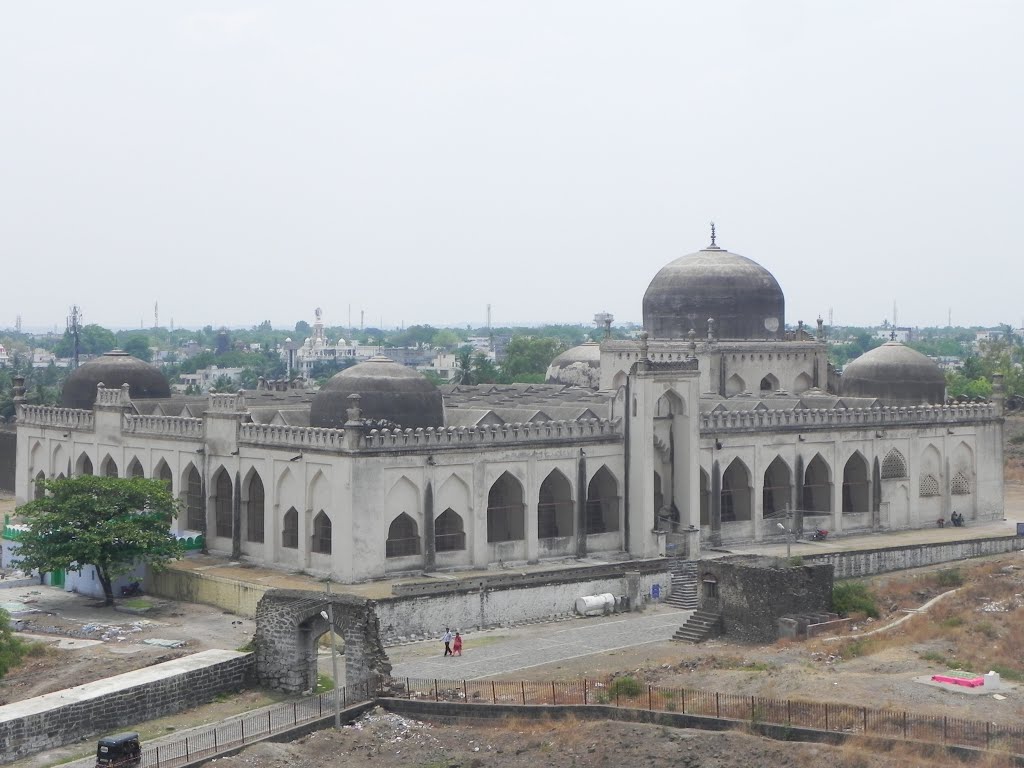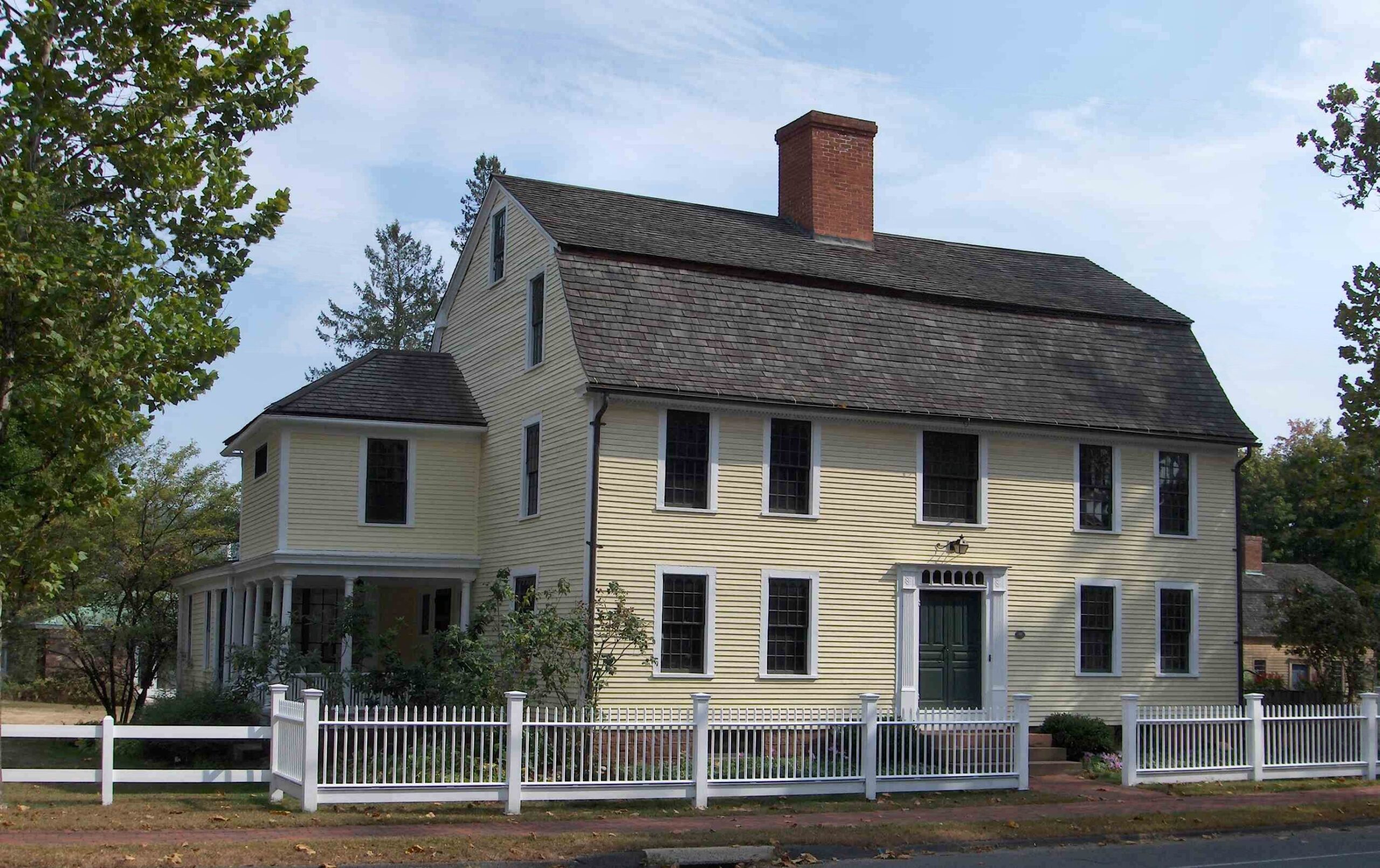Founded around the 11th century as a stronghold in the March of Turin, Racconigi Castle later passed to the marquises of Saluzzo and then to the Savoy family. The original fortified structure with corner towers was transformed during the 17th century: in 1670, in conjunction with the elevation of the castle to the residence of the Savoy-Carignano family, André Le Nôtre designed the garden; in 1676 Guarino Guarini undertook a comprehensive renovation of the building, which was never completed. Beginning in 1755, work was resumed by architect Giambattista Borra at the behest of Prince Luigi of Savoy-Carignano: the pavilions on the main elevation, the great entrance pronaos, the hall characterized by the so-called "loggia of the musicians," the hall of Diana, and the Chinese lavatories date from this phase. But it was with the accession to the throne of Charles Albert, prince of Carignano, that the residence took on its present appearance: in 1820 the German gardener Xavier Kurten redesigned the green spaces, while the decoration and rearrangement of the interiors were entrusted to the architect Pelagio Palagi, whose taste between neoclassical and eclectic is well represented by such a singularly fascinating room as the Etruscan Cabinet. At the same time, the neo-Gothic-style service buildings of the Serre and the Margaria, intended for the agricultural management of the territory pertaining to the castle, were built on the edge of the park. With the relocation of the capital from Turin to Florence (1865) and then to Rome (1871), the royals gradually lost interest in the castle, at least until the early 20th century, when King Victor Emmanuel III elected it once again as a resort. The castle was purchased in 1980 by the Italian state.
The sumptuous apartments bear witness to the most significant phases of transformation that the castle underwent from the 17th century until the early 20th: stuccoes, frescoes and furnishings constitute a relevant panorama of the changing tastes of the court over some four hundred years. The gardens and park maintain intact the nineteenth-century layout, which is characterized by a Romantic-style layout with streams, ponds, grottos and monuments.
Since September 2013, in conjunction with the European Heritage Days, the Appartamento di Ponente, where views depicting Filippo Juvarra’s grand design for Rivoli Castle have been brought together, has also become part of the castle’s visiting circuit. Open for the first time to public visits, the Apartment is part of the expansion ordered by Charles Albert and entrusted to architect Ernesto Melano, who began work in 1834. It had been used for years as a repository for paintings and furnishings, and for the opening the ceiling frescoes, the work of Bellosio, were restored, work was carried out on the historic tapestries, and the installations were brought up to standard. But the most important achievement was the reuniting of the five large paintings that are part of the six perspective views of Rivoli Castle, executed according to drawings designed by Filippo Juvarra (the sixth painting, reproduced photographically in the exhibition, is on display in Turin’s Palazzo Madama).
In King Victor Amadeus II’s "theater of factories," Rivoli Castle played the most important role because it was imagined as the prototype of a modern royal palace for an absolute ruler. To present the castle’s grandiose rebuilding project put in the works since 1717, Filippo Juvarra commissioned six views illustrating its four exterior facades, hall and atrium with the grand staircase under construction. He drew the perspective views himself and entrusted their execution to the most acclaimed specialists of his time, the painters Giovanni Paolo Panini, Marco Ricci and Andrea Locatelli, assisted by the Piedmontese Massimo Teodoro Michela. The views were painted between 1723 and 1725 and immediately set up in the "Room of Perspectives," a room in the king’s apartment at Rivoli that Victor Amadeus II and Juvarra had adorned with a grotesque decoration to evoke the Domus Aurea, the emperor’s home. On the first leg of his Grand Tour to Italy in 1728, Montesquieu had the opportunity to see them in that room, who in front of that extraordinary display of architecture could exclaim in admiration that "the design of the four sides of the building seems beautiful." Subsequently, in documents from 1781 and 1819, the views appear in the Palazzo Madama in Turin, while in 1937 they were transferred to Racconigi by the Prince of Piedmont, where they were stored in small rooms not accessible to the public. Fifty years after the 1963 Piedmontese Baroque Exhibition, when Vittorio Viale succeeded in exhibiting only Panini’s two paintings in Palazzo Madama, five of the six views brought together in 1937 are now on display in the Appartamento di Ponente. Works related to the figure of Victor Amadeus II, such as the table top and dresser shelf reproducing the plan of the citadel of Turin during the siege of 1706, by Lorenzo Bononcelli, and a series of portraits and furnishings from the castle’s storerooms complete the display.
